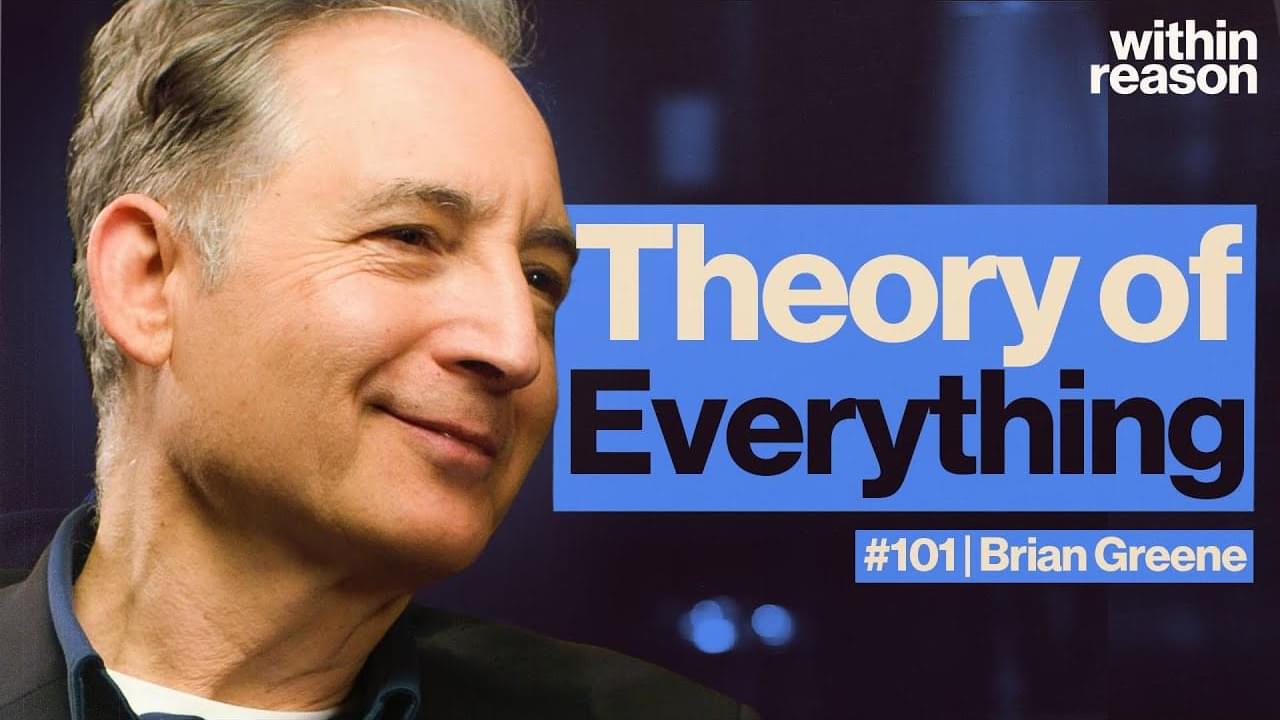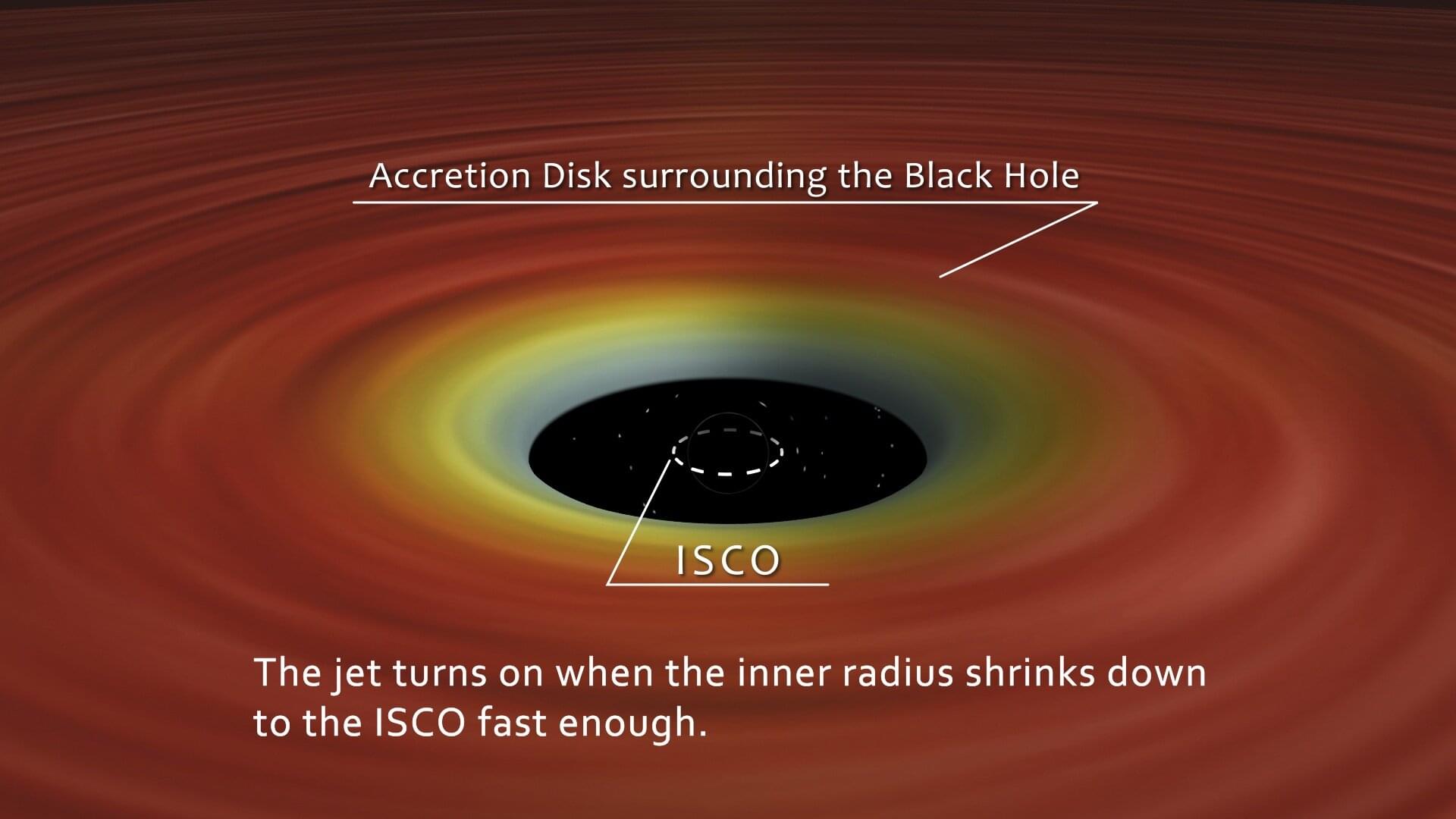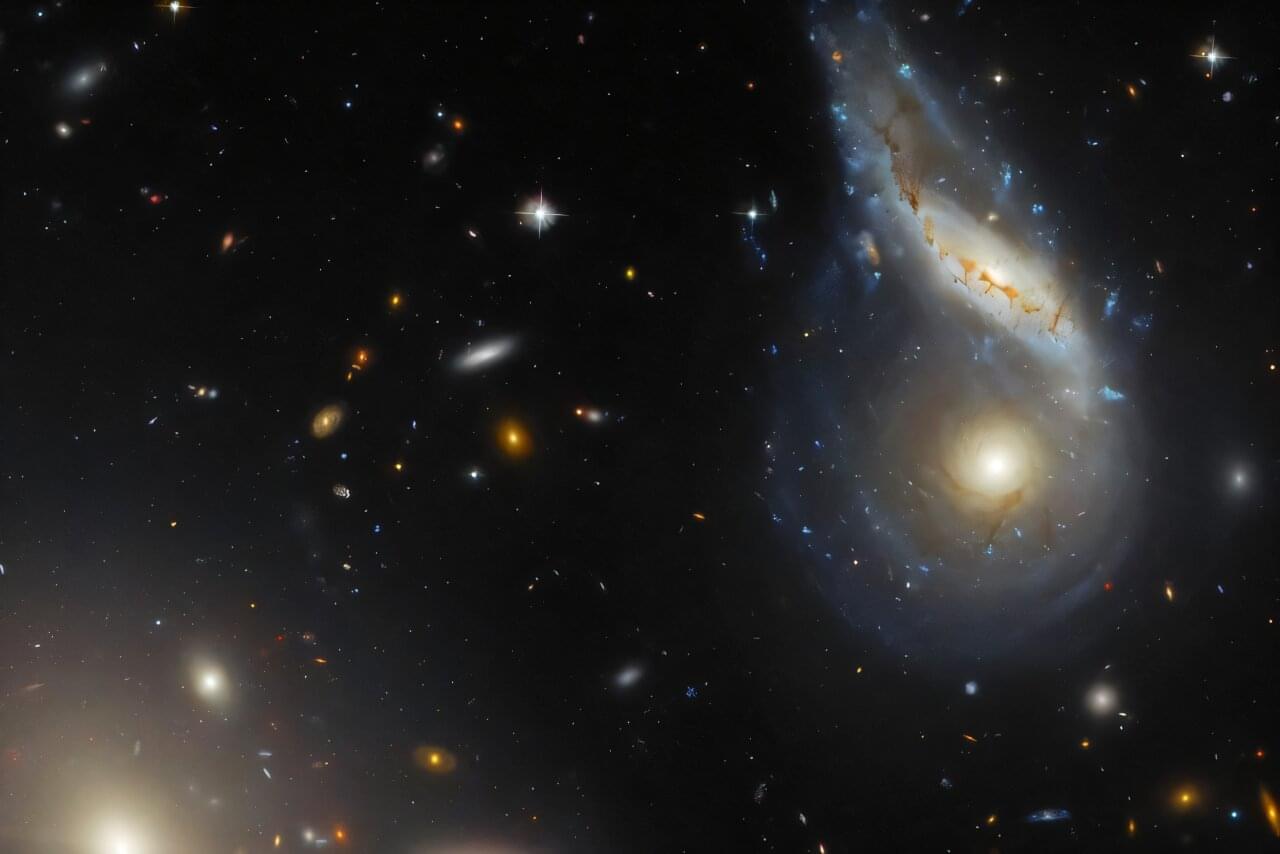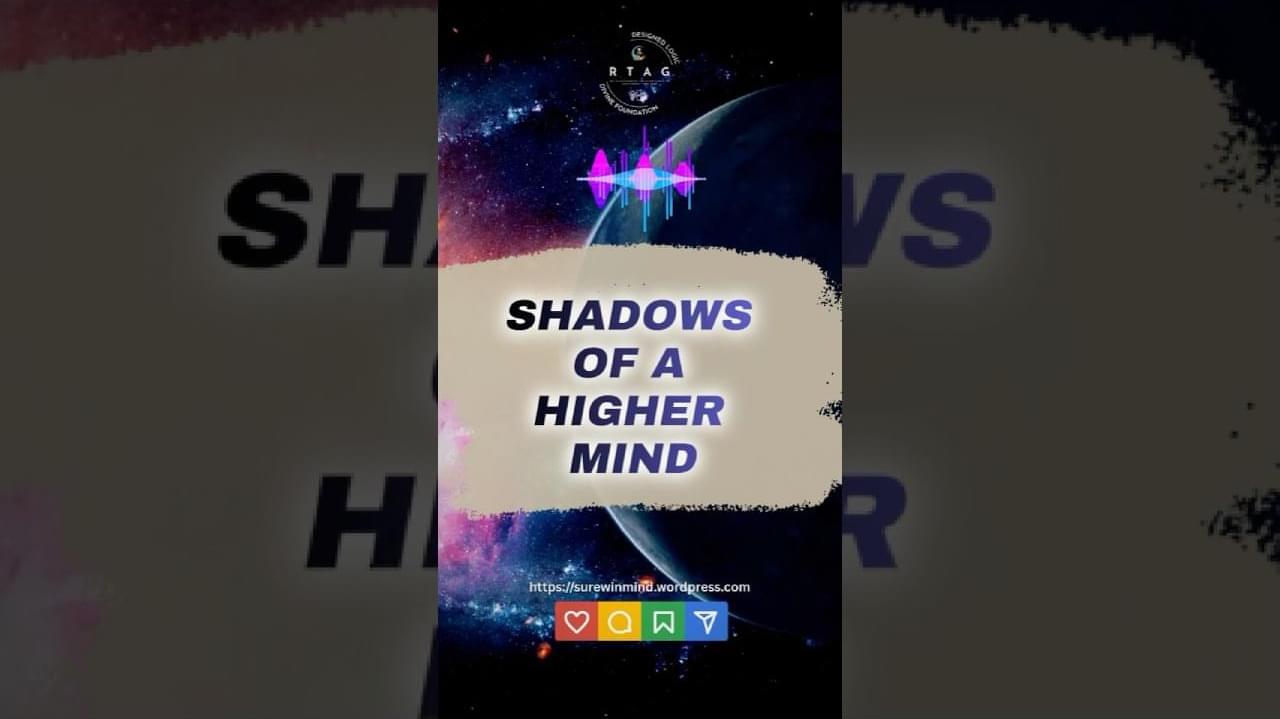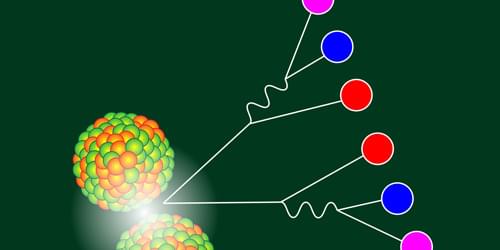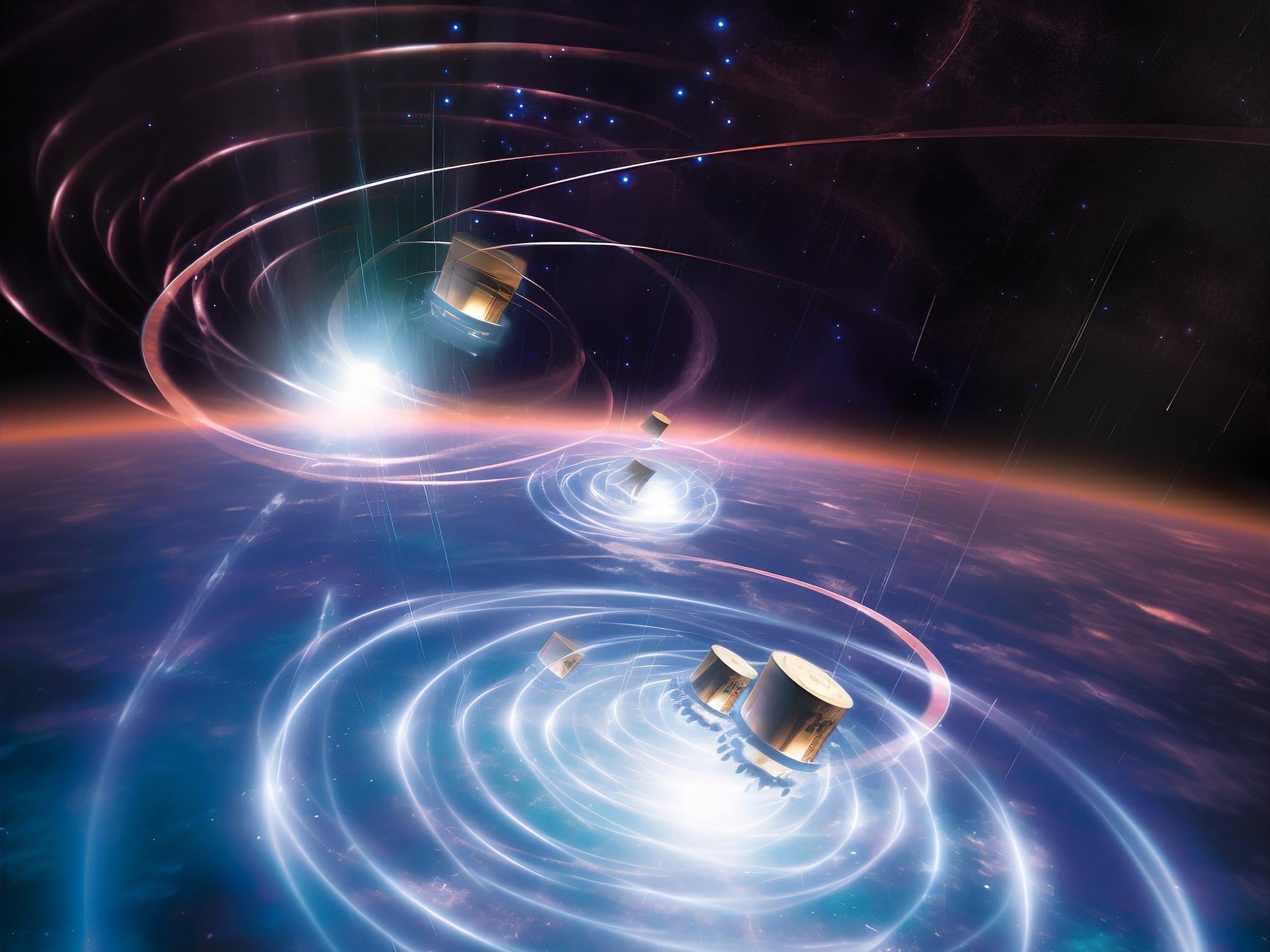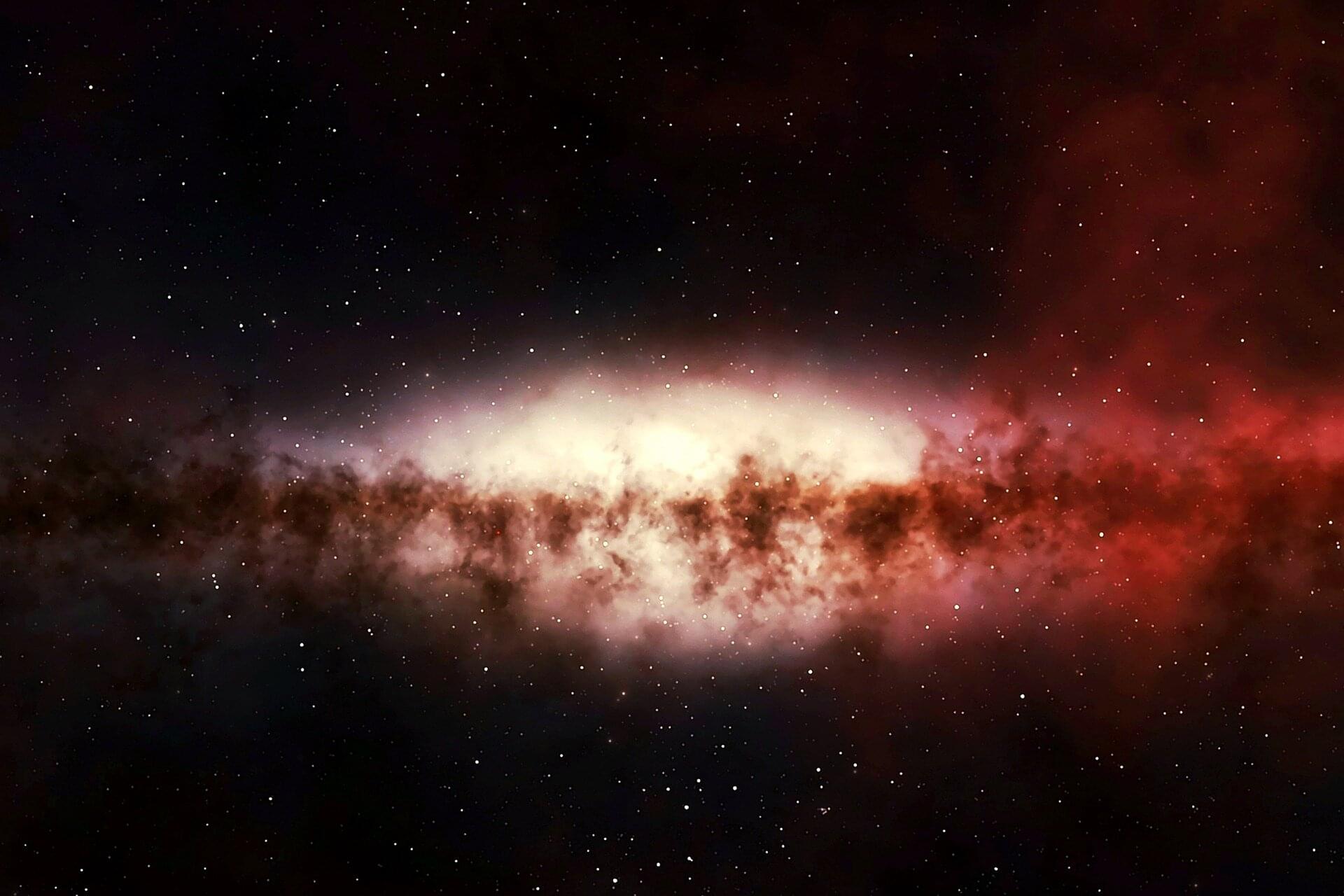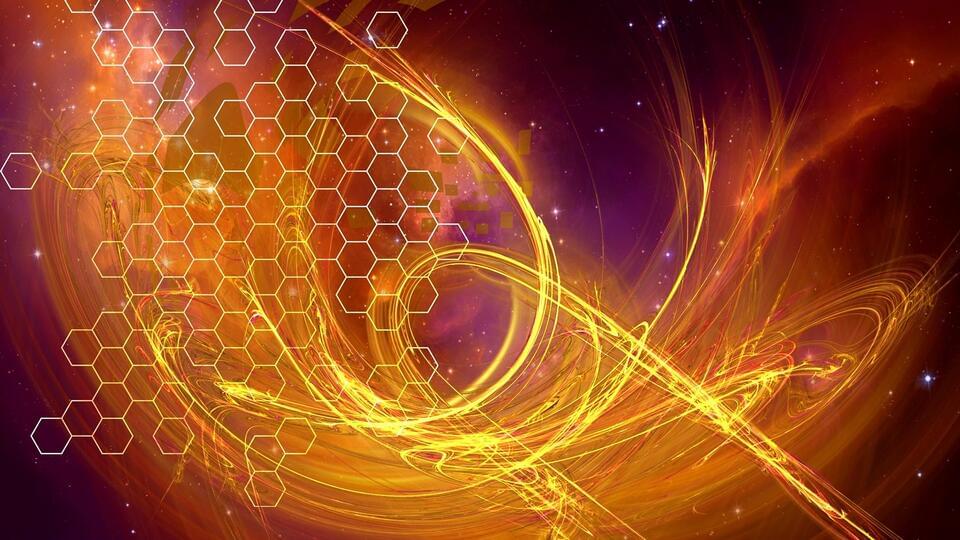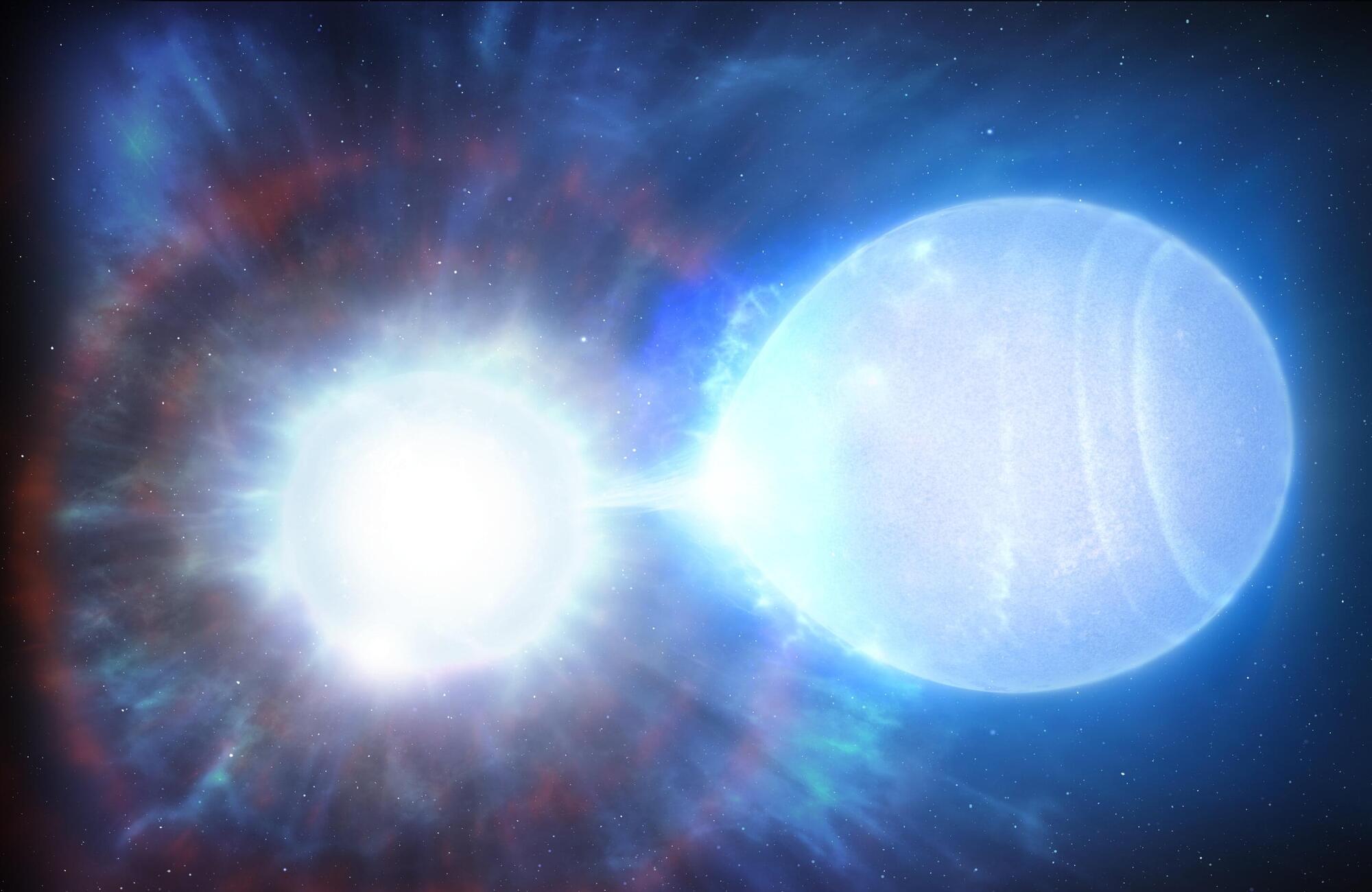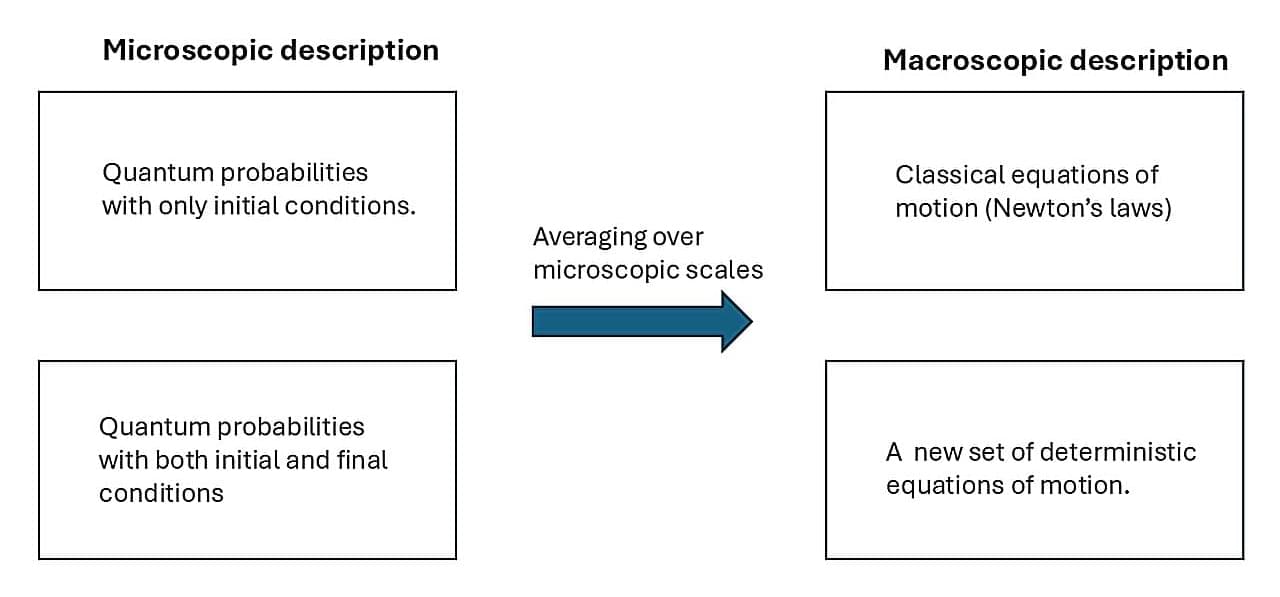Get all sides of every story and be better informed at https://ground.news/AlexOC — subscribe for 40% off unlimited access.
For early, ad-free access to videos, and to support the channel, subscribe to my Substack: https://www.alexoconnor.com.
To donate to my PayPal (thank you): http://www.paypal.me/cosmicskeptic.
VIDEO NOTES
Brian Greene is a professor of physics and mathematics at Columbia University, director of its centre for theoretical physics, and the chairman of the World Science Festival. He is best known for his work on string theory, especially in his book “The Elegant Universe”, which turns 25 this year.
LINKS.
